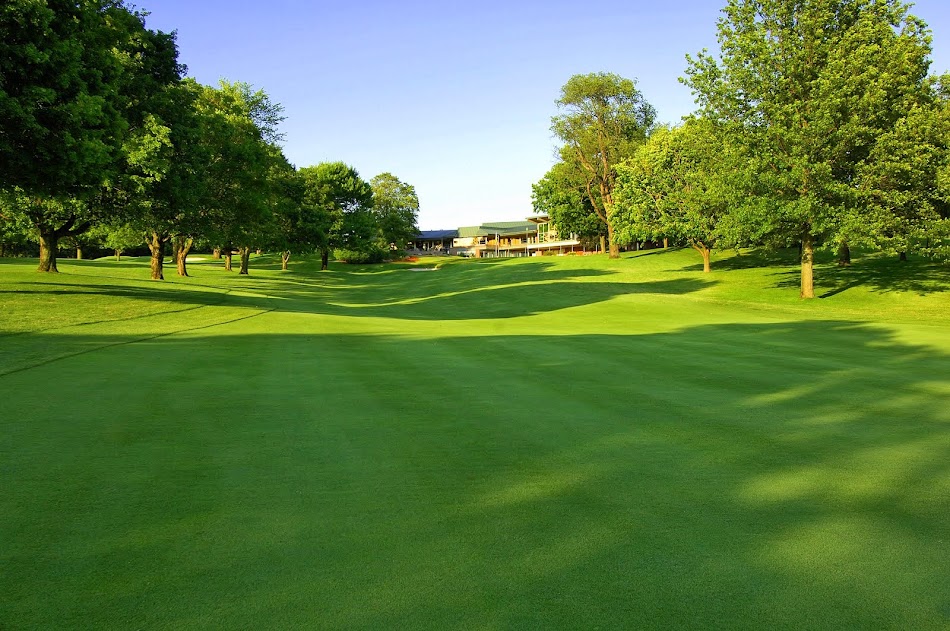These mornings (and those late April days that the highs stay in the 30's with snow showers) are also not the best growing conditions for turf here in Northern Indiana. This is the reason why many areas are so thin, like fairways and green surrounds. It is also the main reason why we have not mowed fine playing surfaces as often as the meat of our season. Rolling greens has been a great tool for us to maintain putting surfaces while limiting traffic and wear on the turf. With weather finally returning to a more average Indiana spring, the growth and vigor of the turfgrass will return as well and conditions will improve.
 Aerification has been completed on greens, tees, fairways, and green surrounds. in case you have never seen an aerifier in action, below is a video showing our aerifier on #9 green, and how the machine creates the holes using 1/4" solid tines.
Aerification has been completed on greens, tees, fairways, and green surrounds. in case you have never seen an aerifier in action, below is a video showing our aerifier on #9 green, and how the machine creates the holes using 1/4" solid tines.
The pool landscape project continues to move towards its completion. We have re-aligned the paver walkway to meet up with the shift in the new concrete stairs that were poured in February. We have also begun adding topsoil to prepare the lower areas for the plants that will be adding color along the wall stone. One of my favorite parts of the project has started as well, installing the cap stones that sit on top of the wall. This involves cutting many angles to make the top a seamless course. With my love for woodworking, this part of the project is right up my alley.
The club entrance will finally start receiving its final transformation as well this week. On Thursday, sod will be delivered and laid over the areas where the dying spruce trees once stood. The entrance columns will also be installed in the next couple of weeks.
If you have any questions, please email me at ryan@elconacc.com. Have a great week, and I will see you on the golf course!
Ryan














